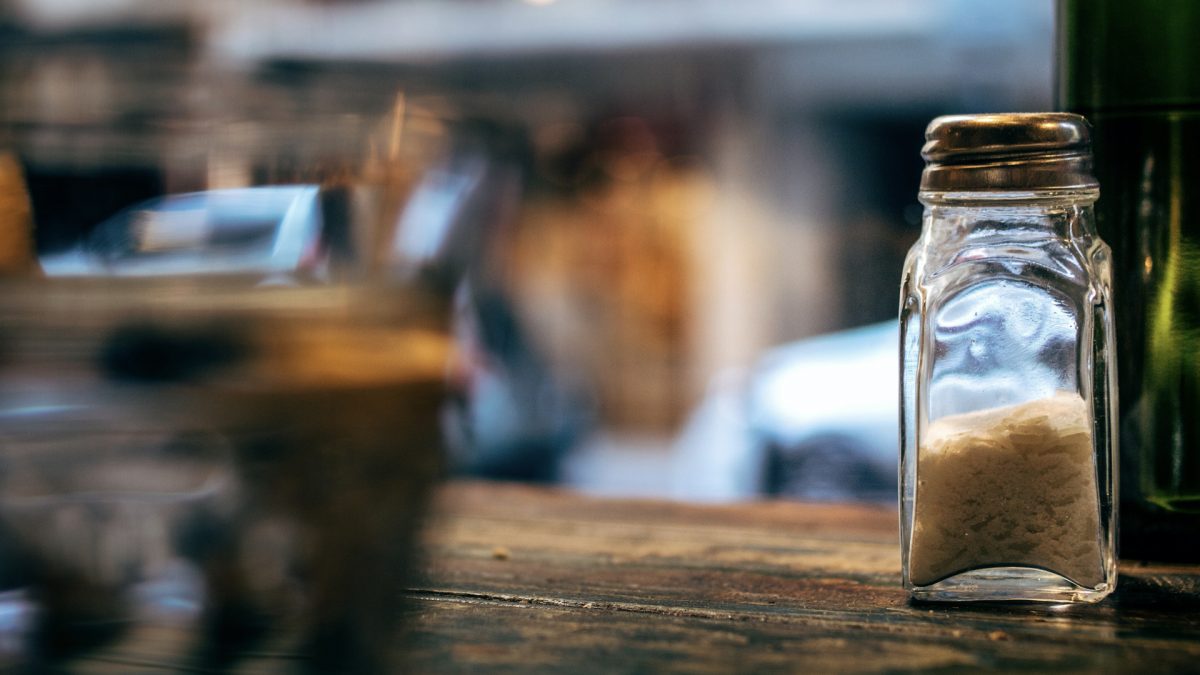The potassium content in greens is one of two ways they can improve artery function within minutes of consumption.
More than a thousand years ago, for the treatment of hypertension, an ancient Persian medical text advised lifestyle interventions, such as avoiding meat and pastries, and recommended eating spinach. A thousand years later, researchers discovered that a single meal containing spinach could indeed reduce blood pressure, thanks to its nitrate content. All green leafy vegetables are packed with nitrate, which our body can use to create nitric oxide that improves the flexibility and function of our arteries. This may be why eating our greens may be one of the most powerful things we can do to reduce our chronic disease risk.
As you can see at 0:54 in my video Lowering Our Sodium-to-Potassium Ratio to Reduce Stroke Risk, just switching from low-nitrate vegetables to high-nitrate vegetables for a week can lower blood pressure by about 4 points, and the higher the blood pressure people started out with, the greater benefit they got. Four points might not sound like a lot, but even a 2-point drop in blood pressure could prevent more than 10,000 fatal strokes every year in the United States.
Potassium-rich foods may also act via a similar mechanism. If we get even just the minimum recommended daily intake of potassium, we might prevent 150,000 strokes every year. Why? Potassium appears to increase the release of nitric oxide. One week of eating two bananas and a large baked potato every day significantly improved arterial function. Even a single high-potassium meal, containing the equivalent of two to three bananas’ worth of potassium, can improve the function of our arteries, whereas a high-sodium meal—that is, a meal with the amount of salt most people eat—can impair arterial function within 30 minutes. While potassium increases nitric oxide release, sodium reduces nitric oxide release. So, the health of our arteries may be determined by our sodium-to-potassium ratio.
As you can see at 2:30 in my video, after two bacon slices’ worth of sodium, our arteries take a significant hit within 30 minutes. However, if you add three bananas’ worth of potassium, you can counteract the effects of the sodium. As I show at 2:48 in my video, when we evolved, we were eating ten times more potassium than sodium. Now, the ratio is reversed, as we consume more sodium than potassium. These kinds of studies “provide additional evidence that increases in dietary potassium should be encouraged,” but what does that mean? We should eat more beans, sweet potatoes, and leafy greens, the latter of which is like giving you a double whammy, as they are high in potassium and nitrates. The recommendation from a thousand years ago to eat spinach is pretty impressive, though bloodletting and abstaining from sex were also encouraged, so we should probably take ancient wisdom with a grain of salt—but our meals should be added-salt free.
Why might abstaining from sex not be the best idea for cardiovascular health? Because the opposite may actually be true. See my video Do Men Who Have More Sex Live Longer?.
What else can we do about stroke risk? Check out:
- Preventing Strokes with Diet
- Flashback Friday: How to Prevent a Stroke
- Best Foods to Reduce Stroke Risk
- Does Diet Soda Increase Stroke Risk as Much as Regular Soda?
-
Chocolate & Stroke Risk
For more on potassium, see in Potassium and Autoimmune Disease and 98% of American Diets Potassium-Deficient.
Interested in learning more about the dangers of sodium? See:
- High Blood Pressure May Be a Choice
- Sprinkling Doubt: Taking Sodium Skeptics with a Pinch of Salt
- The Evidence That Salt Raises Blood Pressure
- Sodium Skeptics Try to Shake Up the Salt Debate
- Shaking the Salt Habit
- Sodium and Arterial Function: A-Salting Our Endothelium
- Big Salt: Getting to the Meat of the Matter
-
Salt of the Earth: Sodium & Plant-Based Diets
Sodium isn’t just bad for our arteries. Check out How to Treat Asthma with a Low-Salt Diet and Sodium and Autoimmune Disease: Rubbing Salt in the Wound?.
I further explore the wonders of nitrate-rich vegetables in:
- Whole Beets vs. Juice for Improving Athletic Performance
- Oxygenating Blood with Nitrate-Rich Vegetables
- “Veg-Table” Dietary Nitrate Scoring Method
- Slowing Our Metabolism with Nitrate-Rich Vegetables
- Best Brain Foods: Greens and Beets Put to the Test
-
Best Brain Foods: Berries & Nuts Put to the Test
Sweet potatoes are an excellent high-potassium, low-sodium choice, but what’s the best way to prepare them? Check out The Best Way to Cook Sweet Potatoes.
In health,
Michael Greger, M.D.
PS: If you haven’t yet, you can subscribe to my free videos here and watch my live presentations:
- 2019: Evidence-Based Weight Loss
- 2016: How Not To Die: The Role of Diet in Preventing, Arresting, and Reversing Our Top 15 Killers
- 2015: Food as Medicine: Preventing and Treating the Most Dreaded Diseases with Diet
- 2014: From Table to Able: Combating Disabling Diseases with Food
- 2013: More Than an Apple a Day
- 2012: Uprooting the Leading Causes of Death
